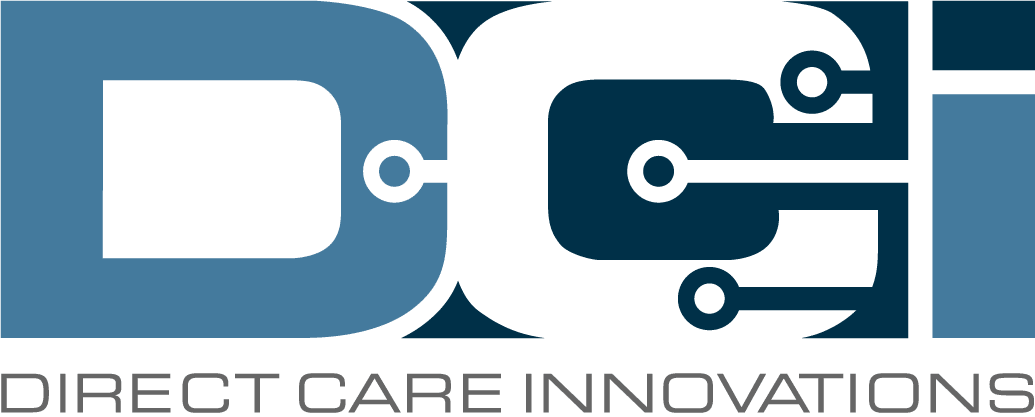Planning Basics for Medicaid Organizations
Planning Basics for Medicaid Organizations
Medicaid organizations and government agencies must consider different aspects of a current business management platform (BMP) to determine whether it’s time for an upgrade. Many platforms can’t keep up with the user or provider demand and should be replaced as soon as possible. Here we discuss the various steps needed for an organization to replace its platform and integrate the new platform into its everyday functioning.Analyzing Current Processes
Analyzing current BMP allows an organization to decide which to keep and which to purge. During this process, analysts quickly discover missing BMP parts that may improve overall agency functioning. Begin a task performed every day and follow it through to completion, noticing how the BMP helps or hinders the process. Take notes and discuss with prospective BMP providers. Additional considerations may include defining who is responsible for the processes, whether they can be streamlined further, and what the new process might look like.Establishing Timelines for Implementation
Following the initial BMP analysis, a timeline for completion of the integration of the new BMP should be established. Important considerations at this point include which devices are needed, which devices can be reused but need to be updated, which staff will participate in the new BMP implementation and integration, and how other staff of the organization will be trained. Drawing up a rough draft of the staff training plan is advisable at this point. Key state and federal regulations concerning the BMP and staff training should be carefully considered, as well.Policy & Procedure Follow Up
Once a new BMP has been selected, a timeline established, and staff implementation and training plans decided upon, the organization must ensure that new policies and procedures are updated and adjusted according to a specific timeline and plan and that those staff members are selected and trained in updating and adjusting for expediency. Policies and procedures will have to be rewritten to adhere to the new BMP and any changes in regulation since the last BMP update. All federal and organizational requirements must be carefully examined and incorporated into or updated in the organization’s policies and procedures to prevent future issues.Using a Project Management Approach
The best and simplest way to ensure that a new BMP is planned, implemented, and successful at a Medicaid organization is to follow the tried-and-true project management approach. Project Management requires that the Medicaid organization goes through these steps to ensure that the project is properly begun, completed, and reviewed for success or changes down the line:- Initiation
- Planning
- Execution
- Monitoring and Controlling
- Closing

